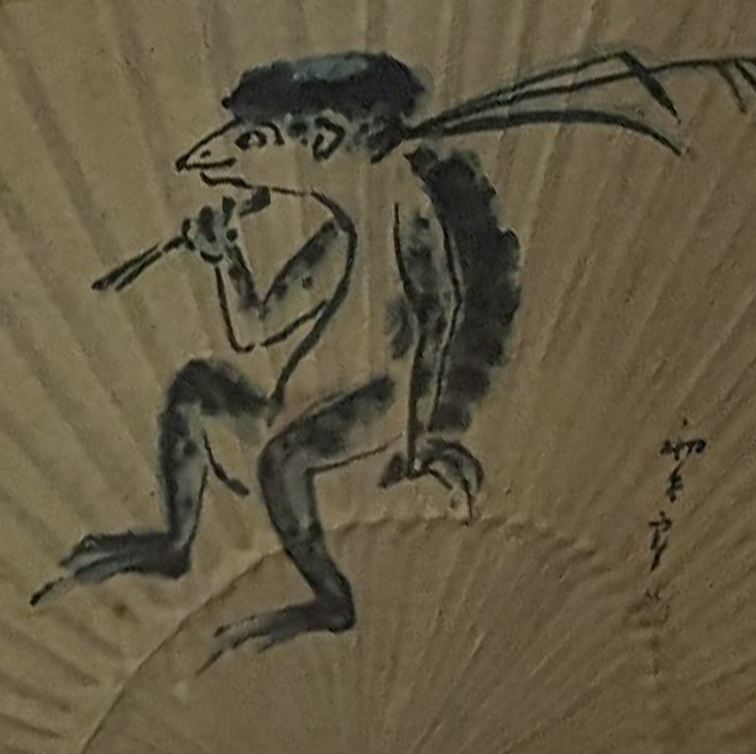I am as guilty as anyone of being overly focused on western, and even North American Cryptids. This is very silly. Especially when you consider that the various cultures of the world are just chock full of legends of creatures big and small. We should be mindful of them and be sure to not dismiss them as religious belief or boogeyman hooey. Remember the Gorilla was widely considered to be just that until the 1500’s and the Montain Gorilla specifically was not recorded i the west until 1902.
Which brings us to the Kappa. Found in art and legend throughout Asia for thousands of years, its legend endures as alleged sightings are not un common.
Here is some background on the Kappa.
Regional Names:
- Japanese: Kappa
- Chinese: Kaimen (literally “water spirit”)
- Korean: Gwisin (literally “demon”)
- Thai: Gao (literally “river demon”)
Known Origin and Basic Lore:
- The kappa is a mythical creature from Japanese folklore, believed to inhabit rivers and ponds.
- It is described as a humanoid creature with the body of a tortoise, a beak-like mouth, webbed hands and feet, and a hollow cavity on top of its head filled with water, which gives it strength.
Significant Sightings:
- Kappa sightings have been reported throughout Japanese history, with numerous accounts of encounters with the creature documented in folklore and literature.
- One famous sighting occurred in the Kiso River in Gifu Prefecture, where a kappa was said to have attacked a young boy. The incident is commemorated with a kappa statue erected along the riverbank.
Physical Description:
- The kappa is typically depicted as a small, green-skinned creature with scaly reptilian features.
- It has a turtle-like shell on its back, a beak-like mouth, and a bowl-shaped depression on top of its head filled with water.
- Kappas are often portrayed wearing a plate-like object called a sara on their heads, which is believed to retain their strength and vitality.
Behaviors:
- Kappas are mischievous and often play pranks on humans, such as pulling them into the water or stealing crops from fields.
- They are also known to be skilled swimmers and are said to challenge humans to wrestling matches in the water.
- Despite their mischievous nature, kappas are also believed to have a sense of honor and can be appeased with offerings of cucumbers, their favorite food.
Abilities:
- Kappas are said to possess supernatural strength, particularly when submerged in water.
- They are also believed to have the ability to manipulate water and control its flow, using it to their advantage in battles and pranks.
Preferred Habitat and Range of Sightings:
- Kappas are said to inhabit rivers, ponds, and other bodies of water throughout Japan.
- Sightings of kappas have been reported in various regions of Japan, particularly in rural areas with abundant water sources.
Likelihood of Existence Based on Similar Species:
- While there is no scientific evidence to support the existence of kappas, similar creatures are found in mythology and folklore around the world, suggesting that the concept of humanoid water spirits is a common cultural motif.
- Cryptids such as the Loch Ness Monster in Scotland and the Ogopogo in Canada bear similarities to the kappa, leading some to speculate that these legends may be based on sightings of real animals or natural phenomena.
